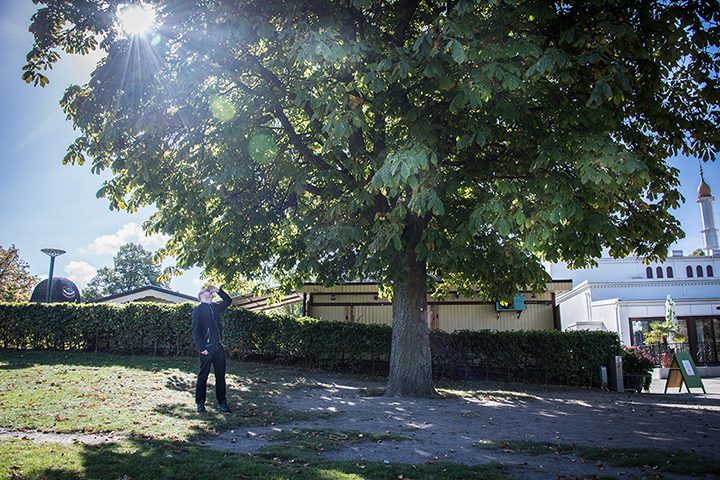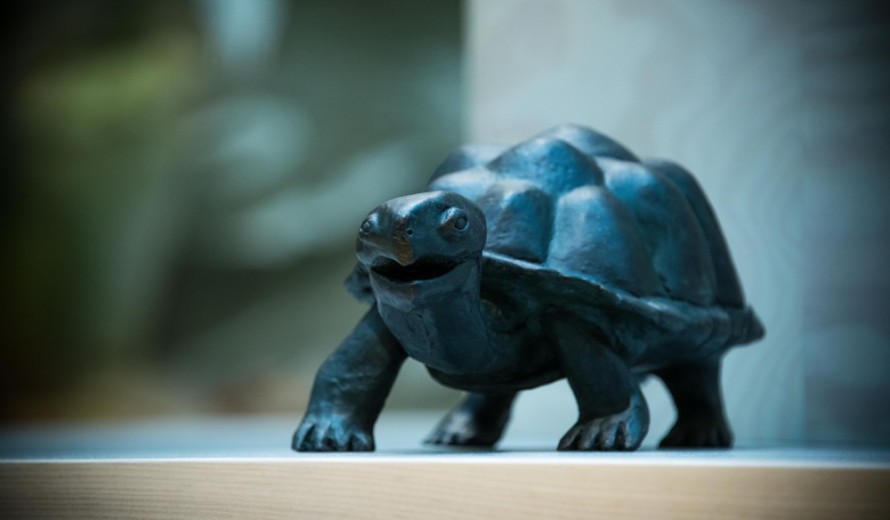Åsa Norberg and Jennie Sundén’s artwork ALMA MATER reflects on the past, the present and the future. Installed at the National Archives of Sweden in Stockholm, the artwork relates to issues that affect the National Archives of Sweden and Sweden’s many other archives.
ALMA MATER consists of three parts: a ceiling lamp in the entrance of the National Archives of Sweden, objects hanging in the window facing an inner courtyard and an illuminated sculpture in the inner courtyard.
The ceiling lamp sheds light on our history, highlights the importance of “enlightenment”, research and knowledge and demonstrates the value of transparency, which is enshrined in the Principle of Public Access to Official Records. For the artwork suspended in the window facing the inner courtyard, the artists have drawn inspiration from music, dance choreography, movement, telegraphy and code. The form of the sculpture in the inner courtyard is similar to a magazine holder, the larger scale of which creates a room or an arbour. Perforated holes in the sculpture give a sense of transparency and are reminiscent of a loom and a computer’s punch card.
Åsa Norberg and Jennie Sundén regard the archive as a type of mother, a place that represents continuity to which one can always return, and a vessel for memories and collected knowledge. The artworks feature forms and symbols that variously refer to stories or people found in Sweden’s various archives and to the women’s struggle, life, work and achievements.
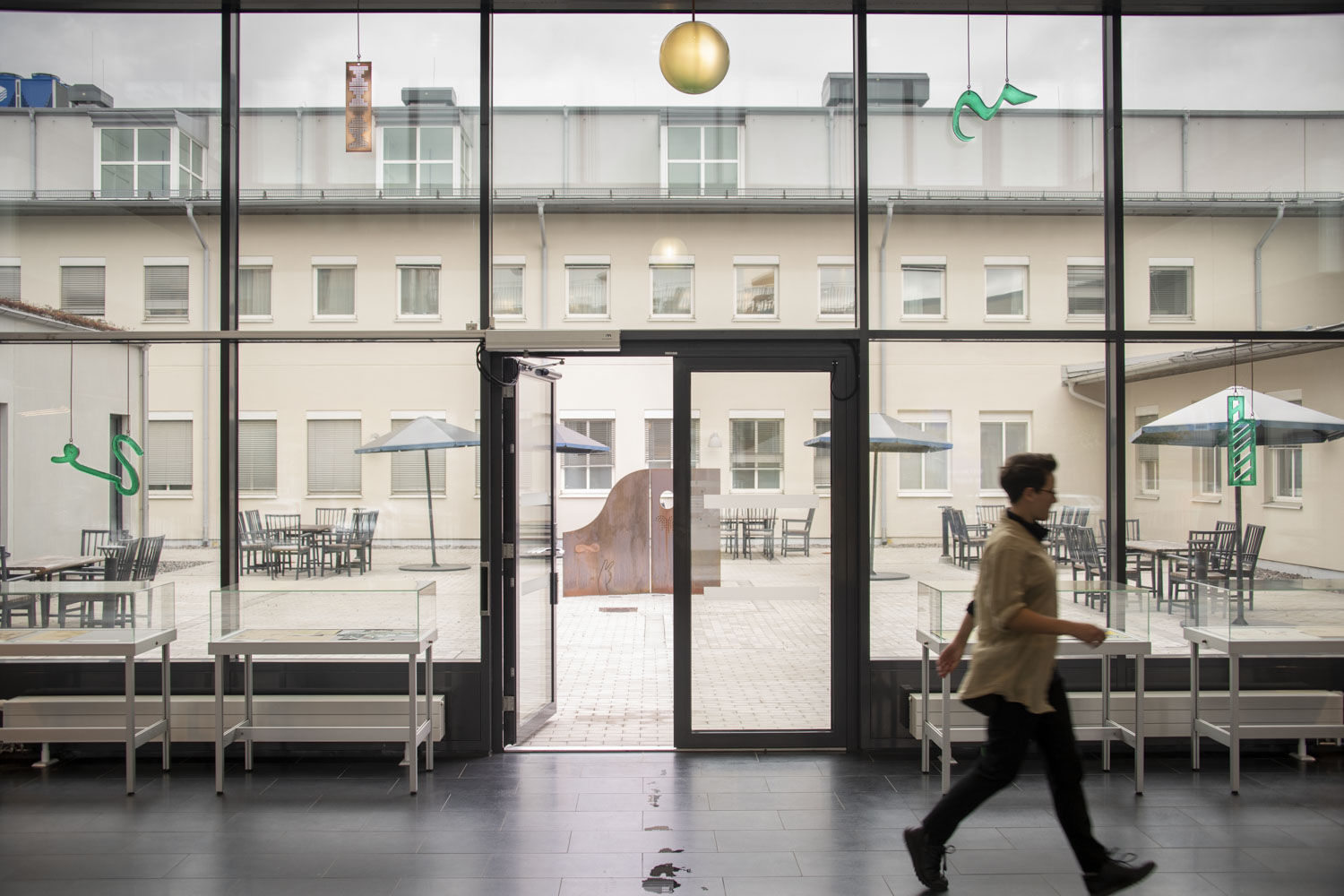






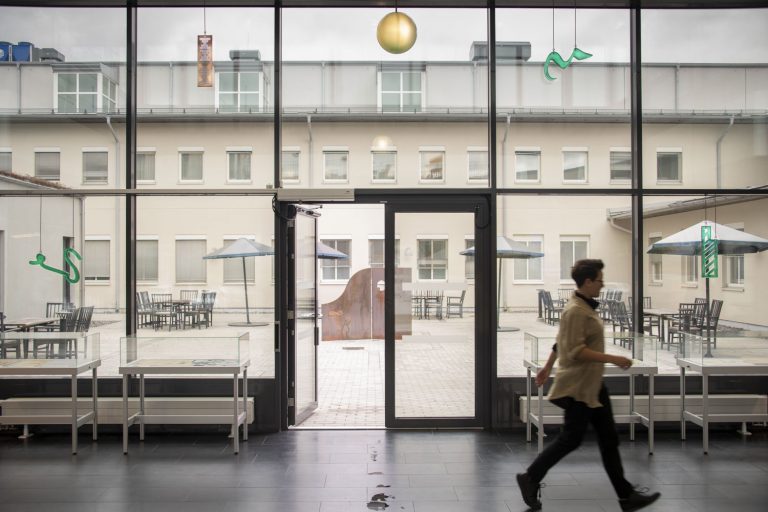
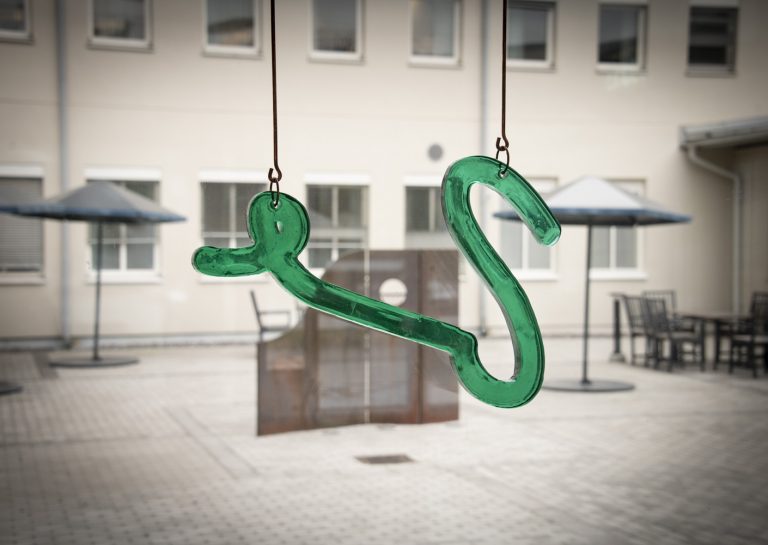
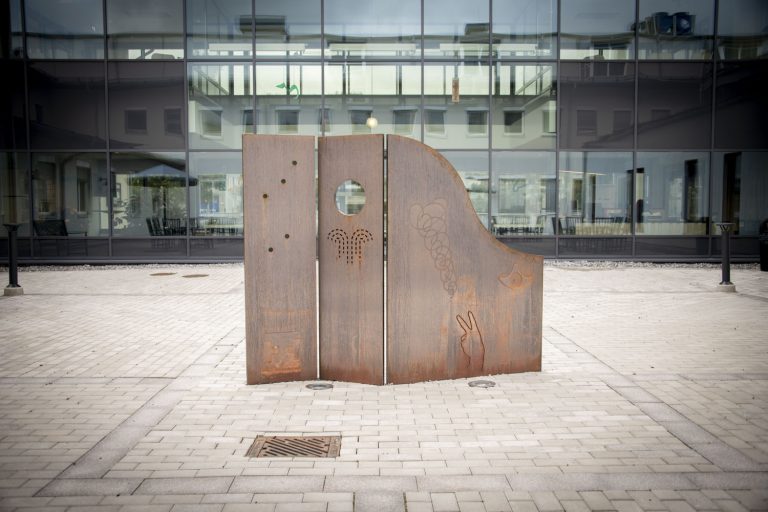
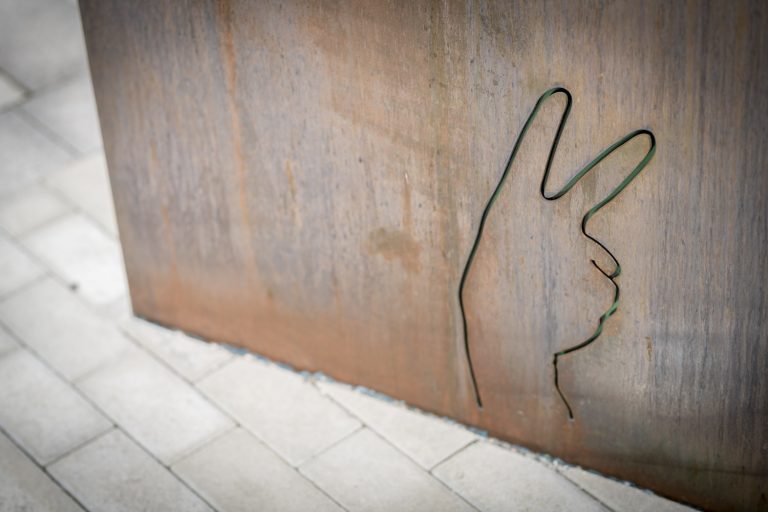
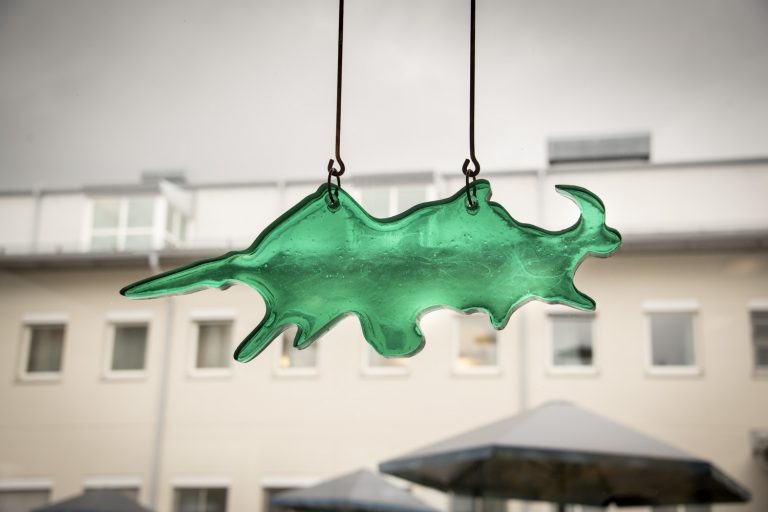
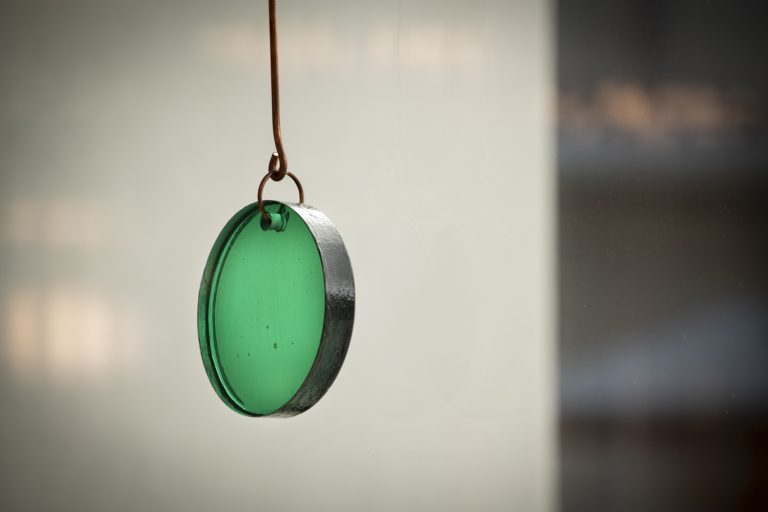
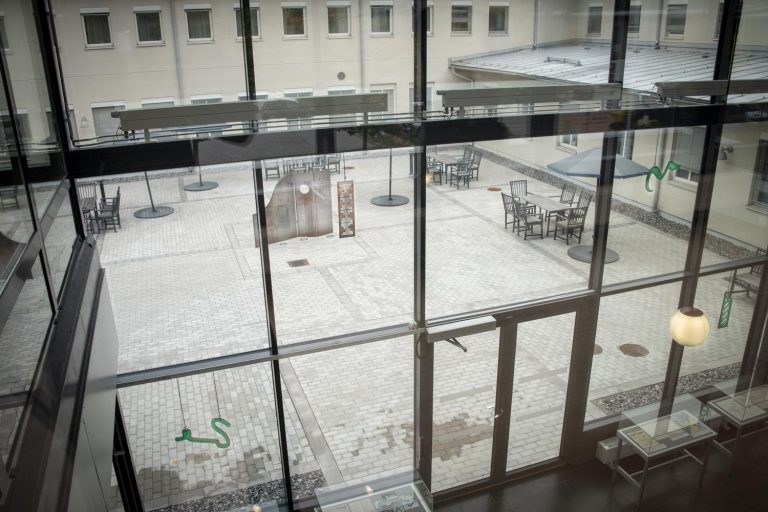
Curator Magnus Mattsson on ALMA MATER
What is happening in the space between the artists Åsa Norberg and Jennie Sundén? A substance that floats freely between them and provides them with a shared language. Together they set out in a time capsule to lose themselves in eras and movements, often from 20th century history. From this material, they weave together a world where they act side by side with their role models. Their art practice is like a living, shifting archive which they explore based on different methods and perspectives. With their works they inscribe themselves in the history that fascinates them.
The artistic intervention ALMA MATER (Latin for ‘nourishing mother’) welcomes us into the space and the dialogue between Norberg-Sundén. The National Archives of Sweden has been the universe they have travelled in this time. Every part and detail of the artistic intervention become keys to access their jointly acquired knowledge and consciousness; to form a visual art Esperanto.
The materials employed in the three-part artistic intervention include green glass and copper, which brings to mind circuit boards, isolators and the beginning of the computer age.
Upon entering, we first encounter the lone, glowing ceiling light. We think of enlightenment, illumination and analysis.
Suspended in the large window facing the inner courtyard are objects of green glass and copper that form keys or an alphabet to decipher the artists’ interwoven archival contemplation. The architecture is like a showcase in which they have compiled the most innovative and varied ways of communicating. All these forms create a patchwork story, a hodgepodge in which each tiny sign from the various alphabets provide an opportunity for new stories.
In the middle of the courtyard stands an object that resembles a room divider, a magazine holder or an arbour. The folding screen has perforations, inscriptions and symbols that link the objects to the windows. The scale of the screen relates to the human body and creates an intimate feeling of being able to cover oneself.
The National Archives of Sweden becomes a mothership, a Noah’s ark, a point to start from and return to. Relatively formal words such as ‘pedagogy’, ‘mediation’, ‘craft’ and ‘professional life’ shine brightly in their creative process where linguistic nuances are often titillating time markers.
Artist Bios
Åsa Norberg and Jennie Sundén began their collaboration in 2005 as students at Umeå Academy of Fine Arts. Their work has been exhibited at, among others, Tensta konsthall, Moderna Museet, Gothenburg Museum of Art and Kalmar Konstmuseum.
